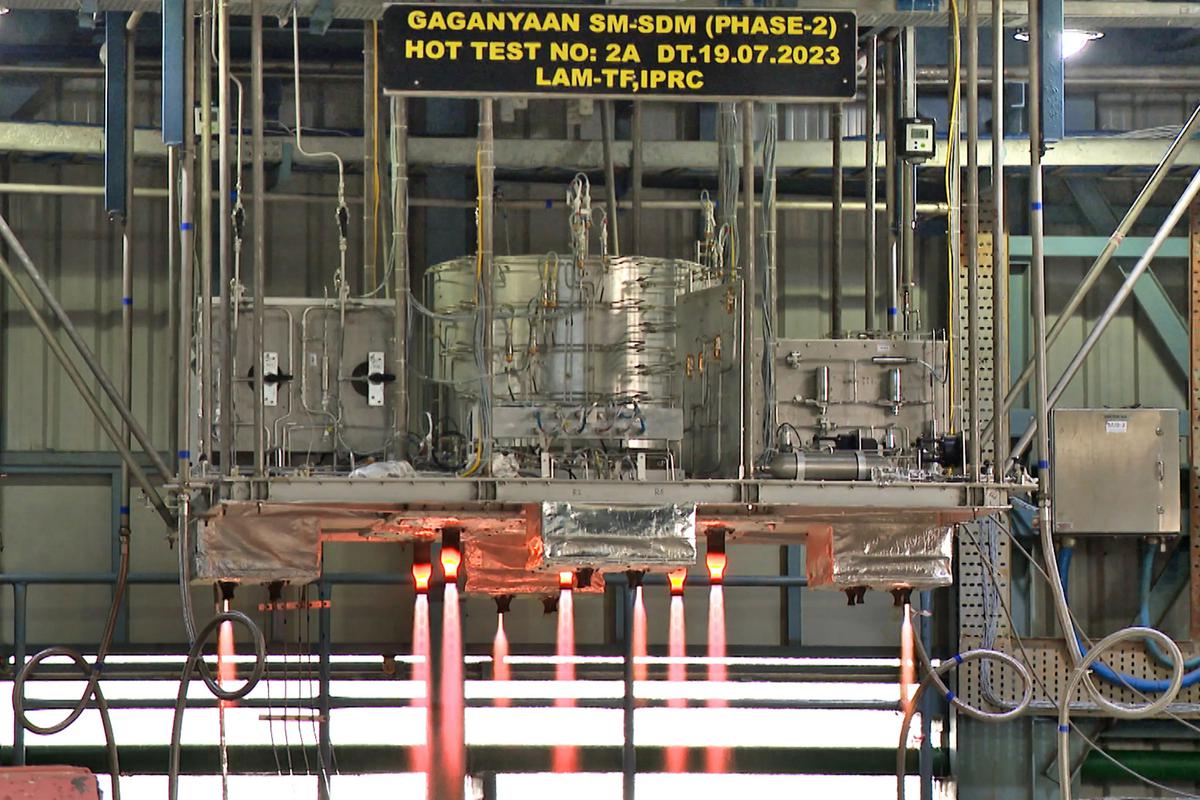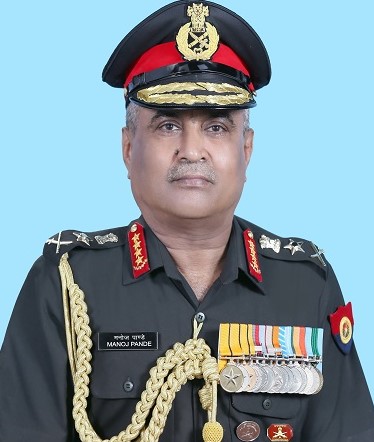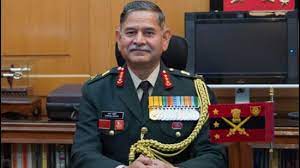Indian Space Research Organization (ISRO) is most likely to conduct the first flight test vehicle abort mission likely to take place on October 25, 2023.
With this India will take one step closer to its ambitious first human spaceflight mission.
According to ISRO, the first development flight Test Vehicle (TV-D1) which is in the final stages of preparation, will be the first of the four abort missions.It
will have no crew on board, and is meant to evaluate rescue procedures and ensure the safety of astronauts in case of possible emergencies during the main Gaganyaan mission that will carry three Indians into space to a 400-km-altitude low earth orbit for three days.
As of now, preparations for the Flight Test Vehicle Abort Mission-1 (TV-D1), which demonstrates the performance of the Crew Escape System (CES), are underway.
Noteworthy, ISRO has developed TV-D1 which is a single-stage liquid rocket for the abort mission.
The payloads consist of the Crew Module (CM) and CES with their fast-acting solid motors, along with CM fairing (CMF) and Interface Adapters.
Further, the flight will simulate the abort condition during the ascent trajectory corresponding to a Mach number of 1.2 encountered in the Gaganyaan mission.
CES with CM will be separated from the Test Vehicle at an altitude of about 17 km.
Simultaneously, the abort sequence will be executed autonomously initiating the separation of CES and deployment of parachutes.
Also, CM will be recovered after touchdown in the Bay of Bengal, using a dedicated vessel and diving team from the Indian Navy. The landing will be about 10 km from the coast of Sriharikota.
The CM, where the astronauts will be contained in pressurized earth-like atmospheric conditions, will have an overall size and mass of actual Gaganyaan CM.
The module will have all the systems for the deceleration and recovery.
Worth mentioning that the Test Vehicle mission with CM is a significant milestone for the overall Gaganyaan programme “as a near-complete system is integrated for a flight test.”
The success of the first test flight will set the stage for the remaining tests and the unmanned full rehearsal missions before the main manned mission.
Once the test flight is successfully done, then ISRO will go ahead with preparations of the uncrewed mission.
India’s first manned space mission Gaganyaan, expected to be launched at the end of 2024 or early 2025.
The Gaganyaan project aims to show ISRO’s human spaceflight capability by launching a crew of three members to an orbit of 400km for a three-day mission and bringing them back safely.
Further, the prerequisites for Gaganyaan mission include:-
- Development of many critical technologies including human rated launch vehicle for carrying crew safely to space
- Life support system to provide an earth like environment to crew in space
- Crew emergency escape provision
- Evolving crew management aspects for training, recovery and rehabilitation of crew





